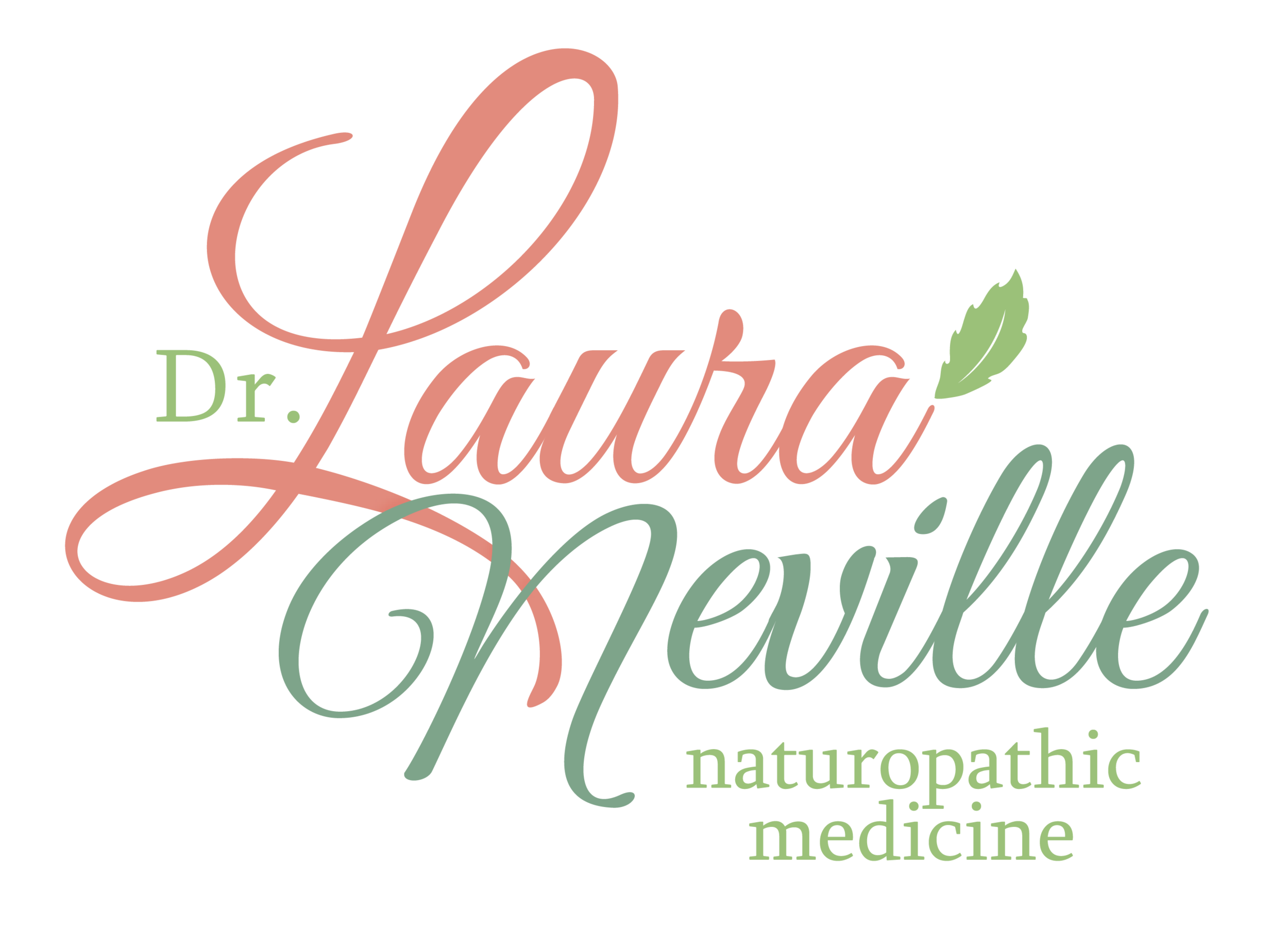Bio-identical and Synthetic "Progesterone": The Devil is in the Details
Progesterone vs. Progestin
It is becoming clear that some forms of hormone replacement therapy prevent serious diseases such as breast cancer, heart disease, osteoporosis and neurological degeneration, while other forms actually increase the risk of these diseases.
The Women’s Health Initiative study (catch up on my other hormone blog posts for more info) showed that synthetic progestins, when added to estrogen in hormone replacement therapy (HRT), increased the risk of breast cancer much more than estrogen alone. Unfortunately, the WHI did not test natural progesterone. Natural progesterone proves protective of the breast in many studies.
Similar names, VERY different actions.
Understanding the differences between these two forms of HRT (one synthetic and one bio-identical) is vitally important. They are very different molecules and confusing them can have grave consequences for women on HRT.
Scan the Internet, popular magazines, or even talk to a ‘conventional’ physician and you will find that there is virtually no distinction made between natural and synthetic progesterone when discussing any type of hormone therapy or use (the two are often lumped under the umbrella term "progestogens"). This is unfortunate, because the implications on a woman’s health can be disastrous.
So what is the difference between bio-identical and synthetic hormones and why does it matter?
Bio-identical progesterone
Progesterone is the principal hormone of the second half, or luteal phase of the menstrual cycle. Progesterone is essential for reproductive function, breast health, bone strength and memory. Natural progesterone products are derived from the phyto-hormones that exist in wild yams and soybeans. The molecular structure of the hormones in these products is identical to those in the body, thus the term “bio-identical”.
Progestin
Synthetic/non bio-identical progesterone, known as progestin, is man-made and while its chemical structure resembles the progesterone made in the body, it is not identical. This is a very important distinction. Even a slight difference in the molecular arrangement of a compound can cause dramatically varying responses.
NOT two peas in a pod
Consider this: The molecular difference between progestin and progesterone is greater than the difference between estrogen and testosterone!
Another glaring difference between synthetic and natural progesterone: progestin is the active ingredient in many birth control pills and its function is to stop ovulation. To take any kind of progestin during pregnancy creates a large risk of birth defects.
The good
Natural progesterone, on the other hand, is produced by pregnant women at levels that are 30-50 times higher than normal. The fetus is bathed in the hormone while in the womb. It is often prescribed by fertility specialists as soon as the patient is aware that she is pregnant. Its name says it all: ‘pro-gest’…pro-gestation.
Progesterone in its natural form is used to treat luteal phase deficiency/infertility, to maintain pregnancy in high-risk situations, and to alleviate post partum depression.
The bad
Ironically, taking progestins can actually lower levels of progesterone in the body. Progestin acts similarly to progesterone within the brain, and a negative feedback begins when the brain thinks that there are sufficient amounts of progesterone circulating and it stops the signal to produce more. The body then becomes low in progesterone and high in the synthetic progestin. The symptoms of PMS or estrogen dominance that women are so desperately trying to alleviate worsen due to low progesterone.
Takeaway
Research studies have confirmed that millions of women have successfully used bio-identical (natural) hormones with a great improvement in health and wellbeing. Fewer side effects are noted, and utilization of the hormone is more consistent.
Dr. Laura Neville
Adapted from labrix.com
Health Disclaimer: All information given about health conditions, treatments, products and dosages are not intended to be a substitute for professional medical advice, diagnosis or treatment.
